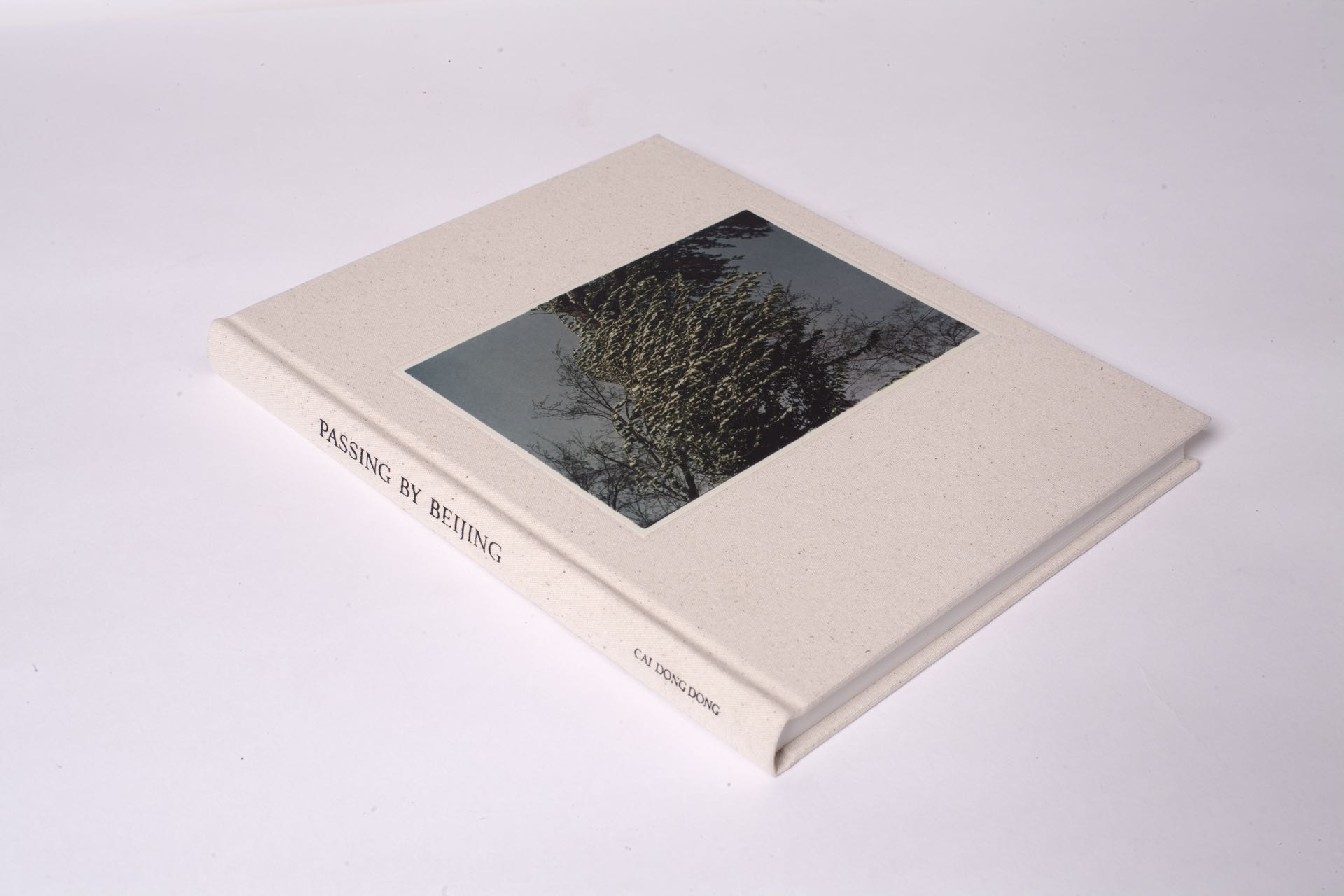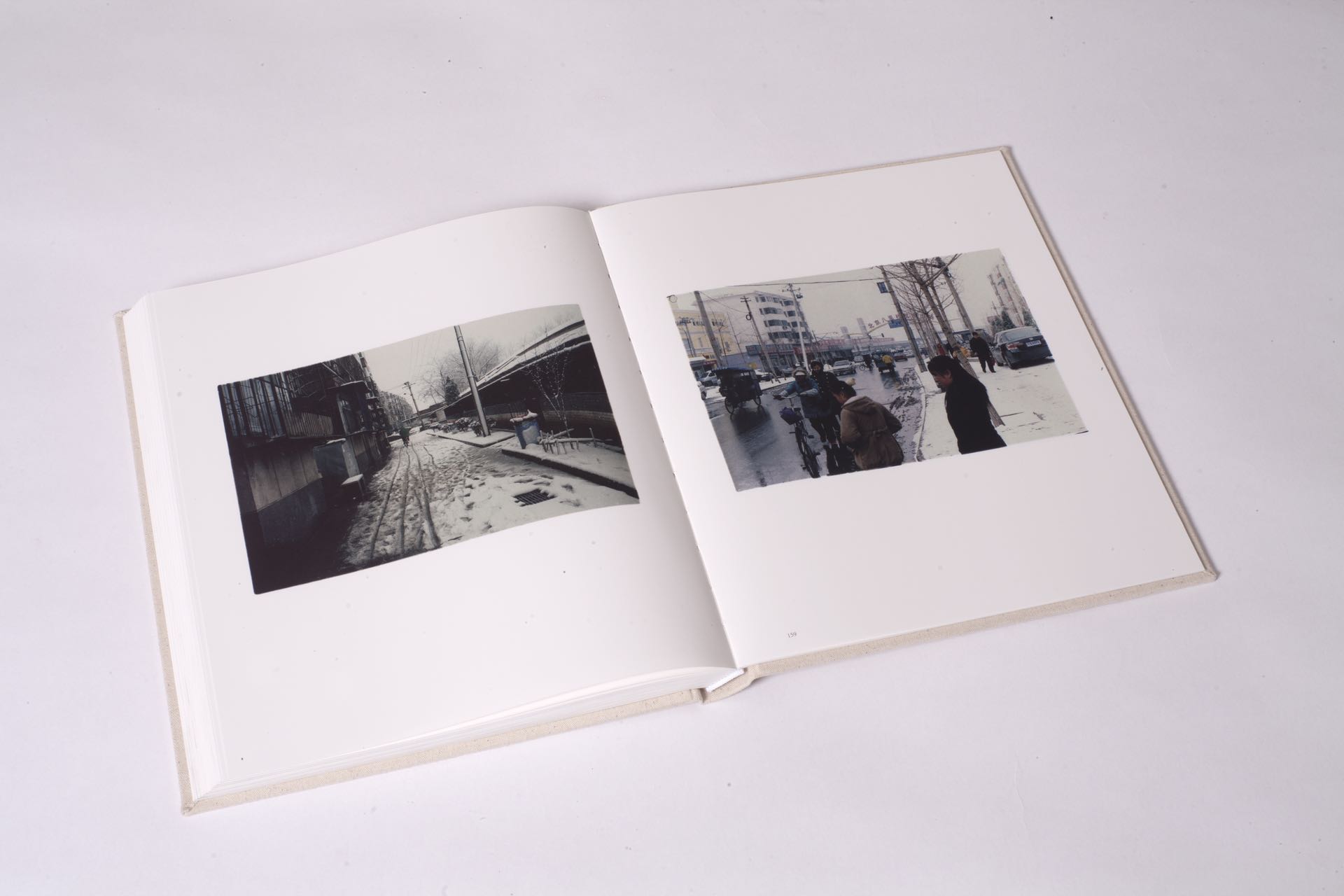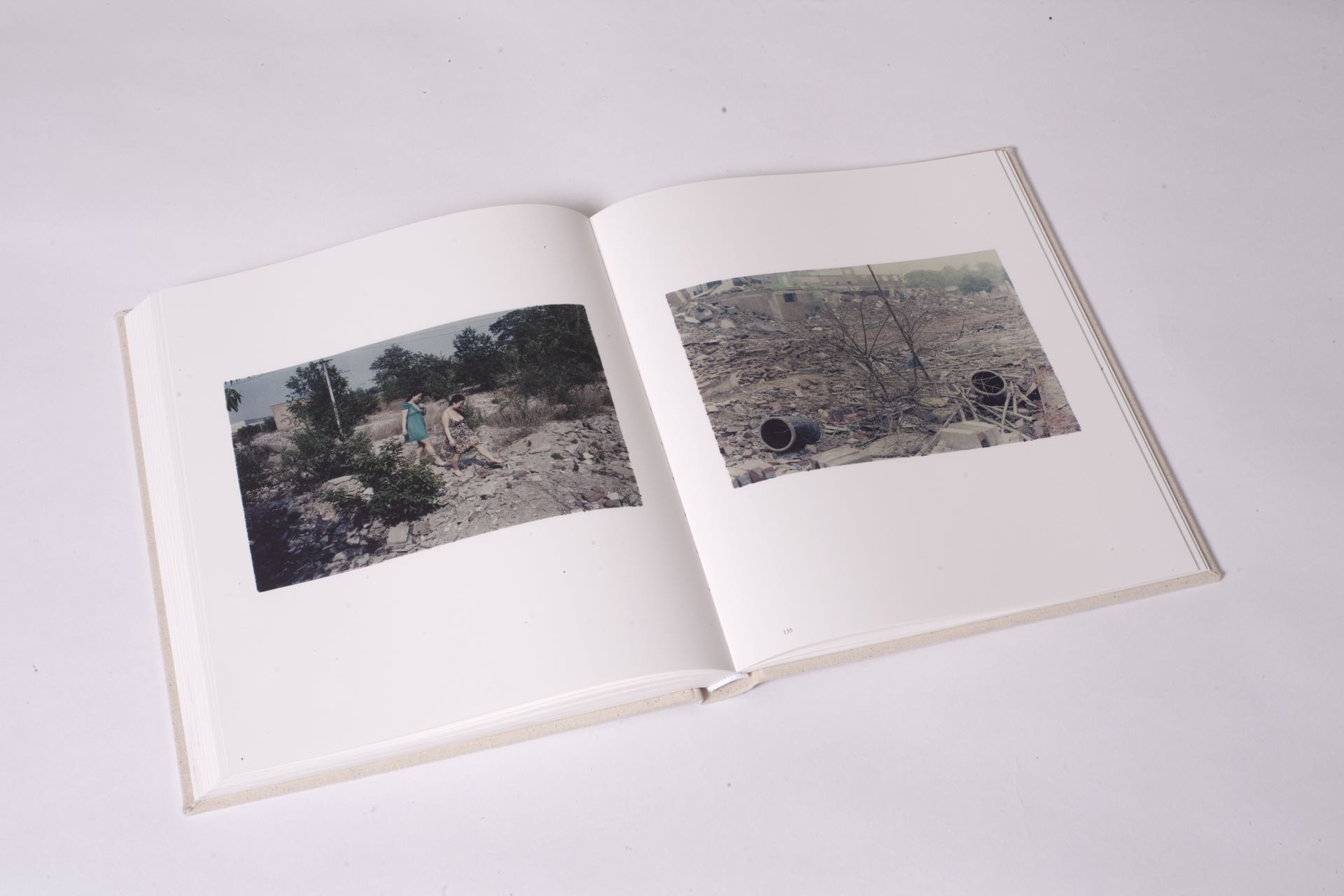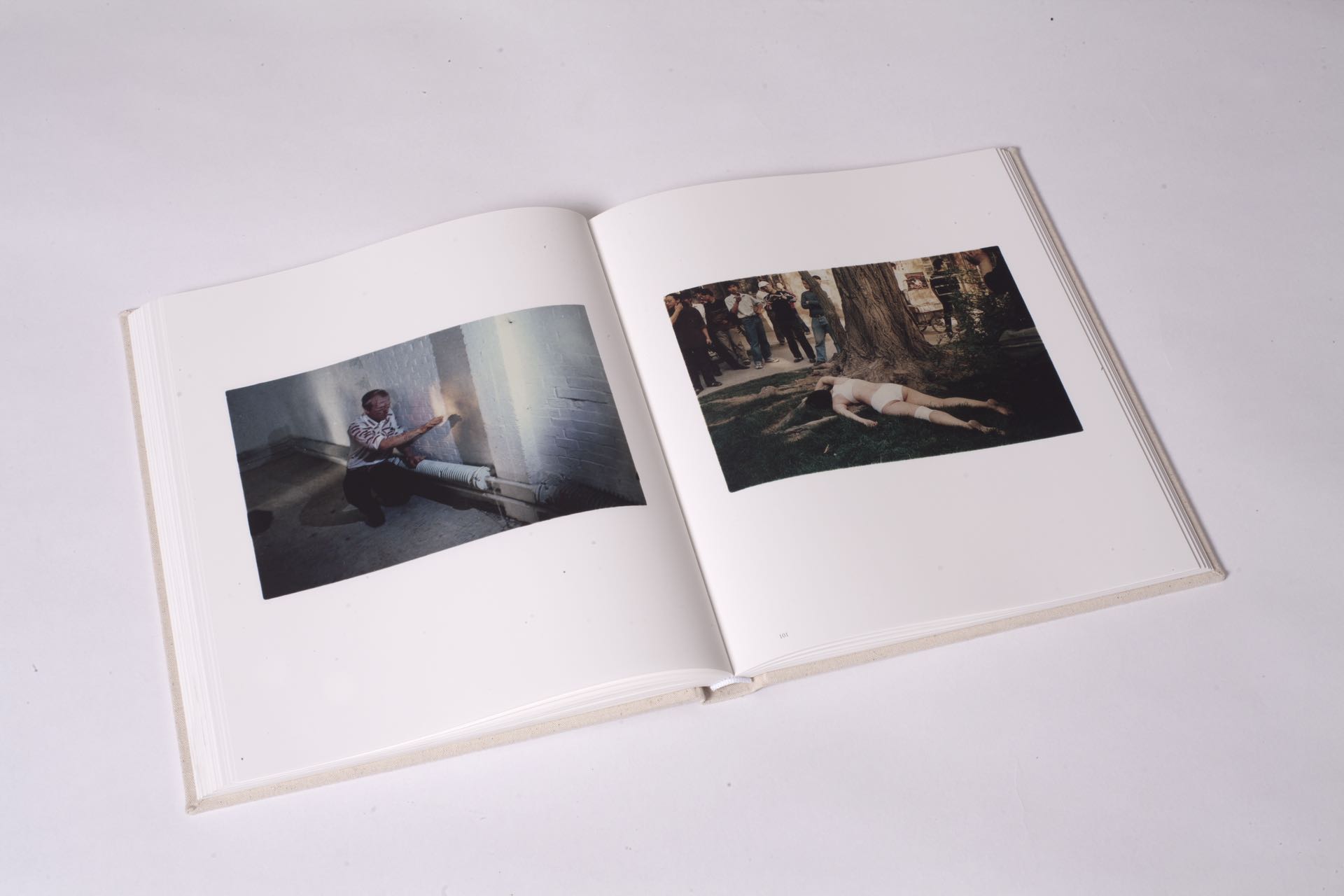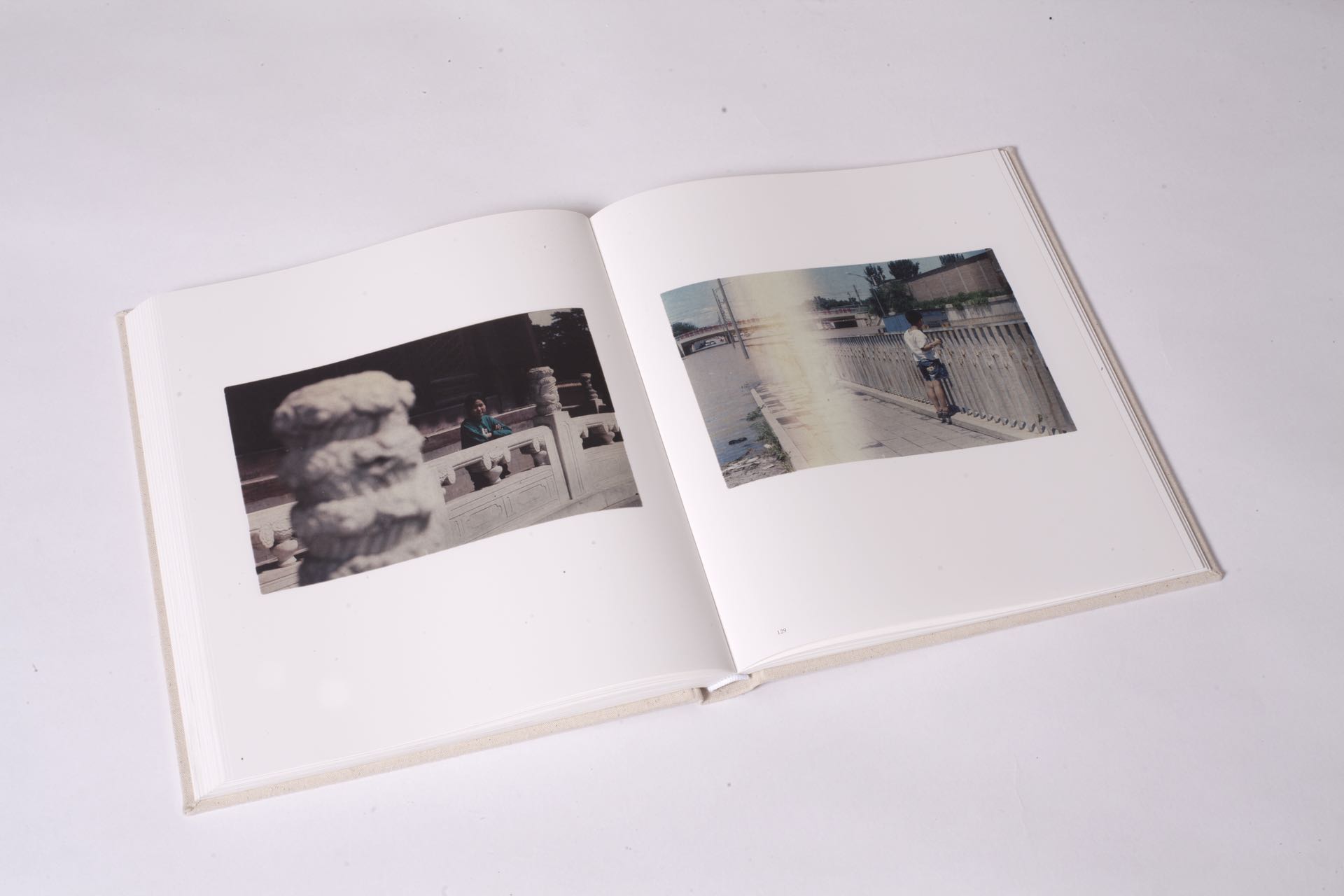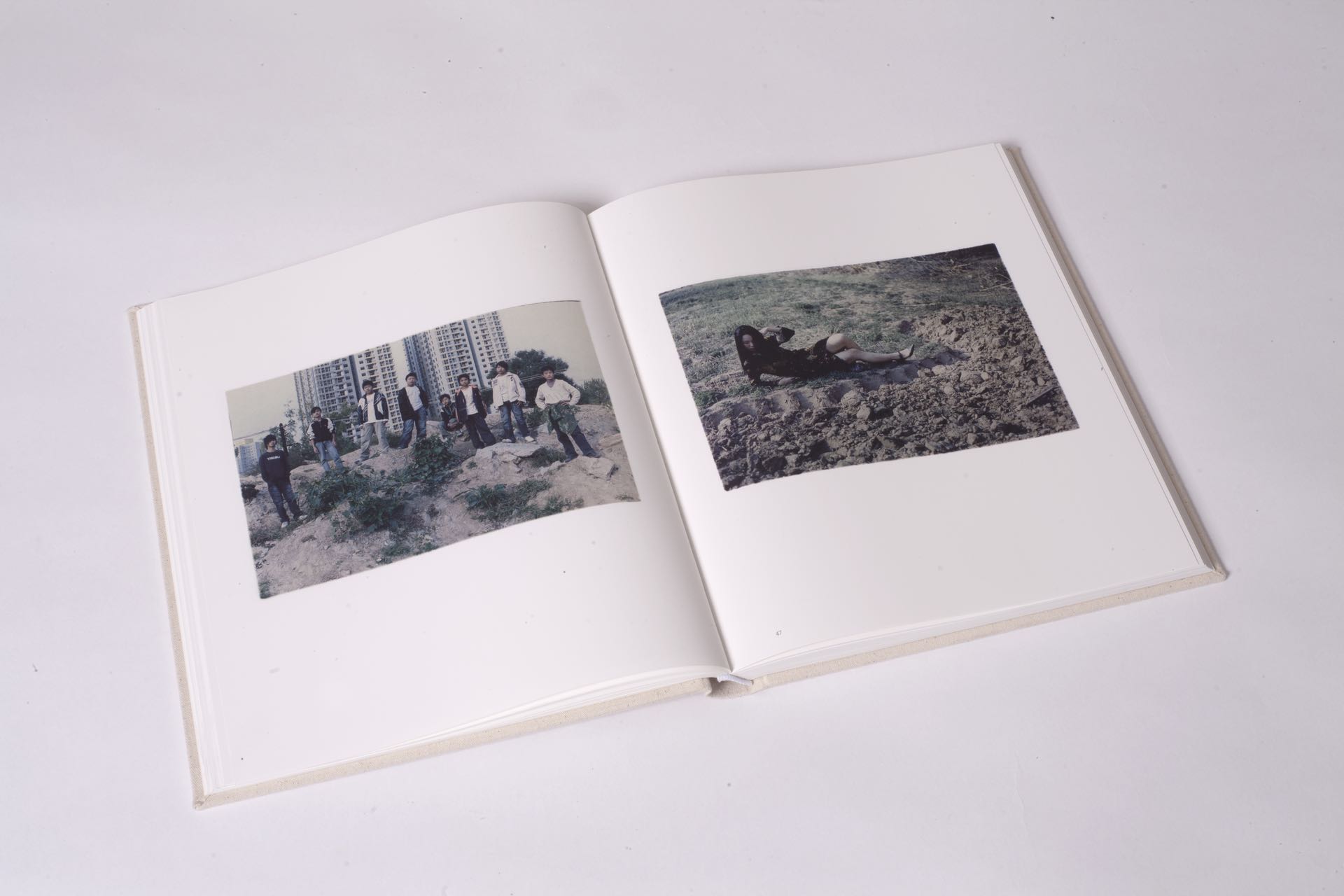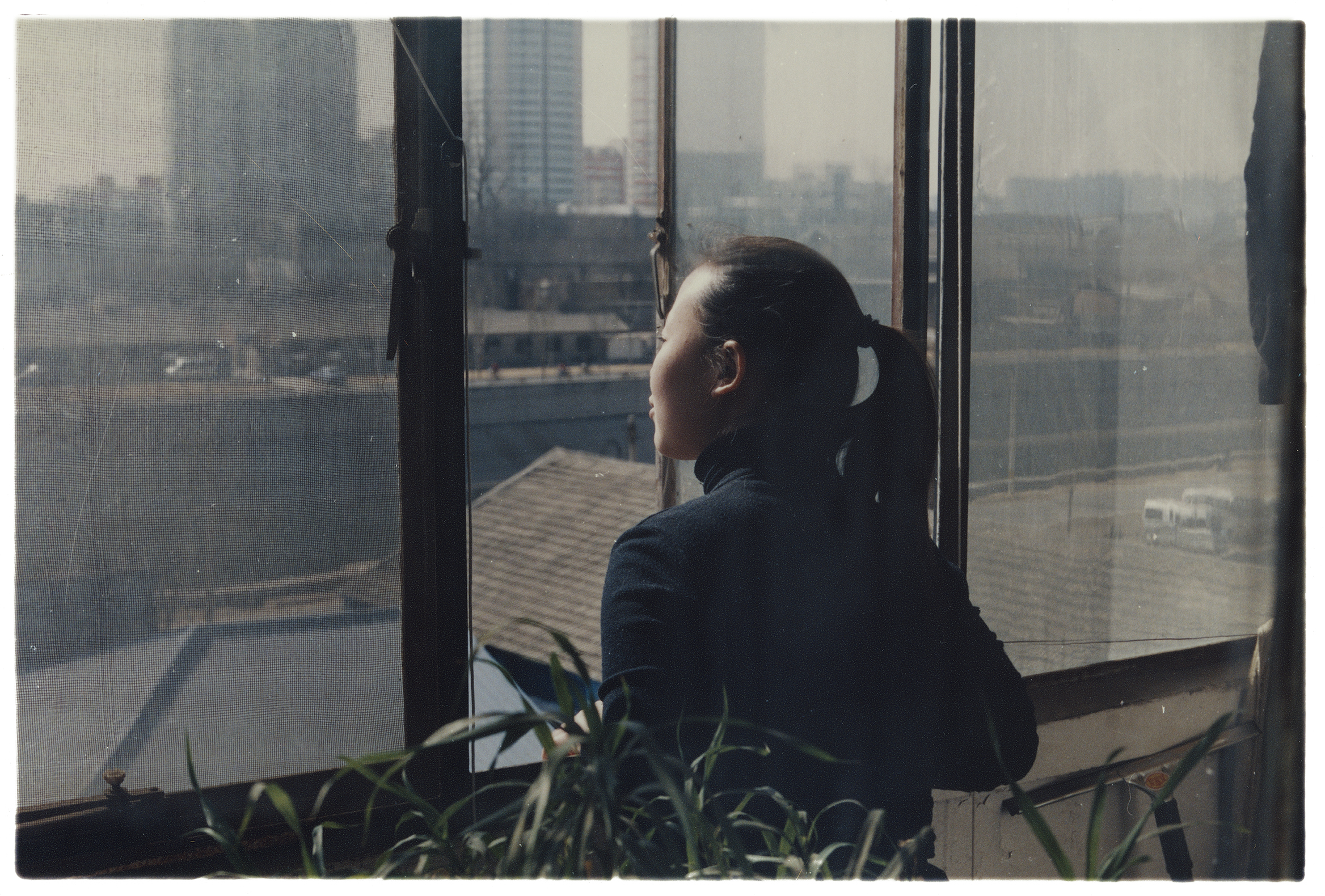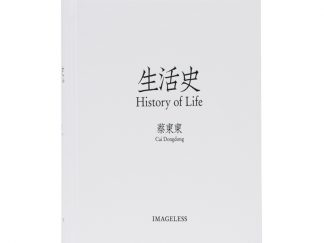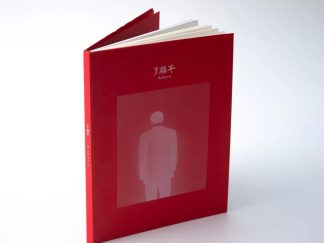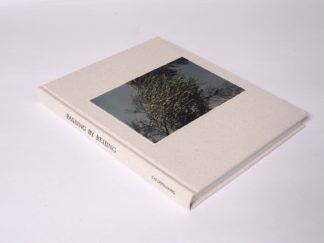Description
The pictures in this book are a selection of color photos I took between 2002 and 2022. They bear witness to my move from northwest China to Beijing, which at the same time is the process of how I turned from a beginner into a professional artist.
Over those 20 years, I have engaged in various forms of photography-related practices, and my works have evolved from the early days of pure photography to later cross-media, and even away from photography, so I have never been able to call myself a professional photographer. Yet I have kept a habit of carrying my camera with me every day. The act of shooting fills a lot of my free time. All these photos were taken with film cameras. I think the charm of photography only exists in the system of traditional analog photography , Each press of the shutter seems to be driven by fate. Unalterable, undeletable. Until the photo is developed, the process is full of all kinds of serendipity, as well as our expectation of the final result.There was no specific theme for my shooting. Most of the time the camera was like a toy to me. When I came across an interesting scene, I would subconsciously take out my camera to record it. Sometimes, out of boredom I took pictures of my own shadow, of a gust of wind, of a party, of the scenery flashing past the bus window, of a flower in bloom… It also happened quite often that the scene was good, the feeling was good, but I forgot to take out the camera, or the situation didn’t allow me to do so. Every few months, or even a year later, I developed the negatives, archived them, and had a look at times. Perhaps due to the short time span, which my body was still accustomed to, little can be triggered after I flipped through them. For over a decade, I had watched them only a few times. The thousands of film rolls, like a diary I unwittingly wrote, quietly accumulated.
In the last three years, due to the pandemic, we were not able to do a lot of things, and the surroundings have undergone tremendous changes. It seems that the steady life in the past is now converting, even cracking. Those days of freedom and laxity no longer exist, and we are entering a new era. When I look back at those photos taken before, I suddenly grasp their significance. They ferment in time, recording the beginning and the sad decline of an era.
The domestic economy started accelerating as China joined the World Trade Organization in 2001, and declined slowly since 2012. I witnessed and experienced this process. When I first arrived in Beijing, the streets were empty and quiet. People lived leisurely in the hutongs; from time to time there were the yells of vendors doing business as well as the sound of pigeon whistles crossing the sky; only some children played by the lakeside of Houhai. However, the peace was soon shattered. The city became so crowed and noisy since 2003, almost like a huge construction site, where was full of demolitions and replacements. More foreigners appeared on the streets of Beijing, too. Since 2004, I began to move in the artistic circles, when Chinese contemporary art took off along with the economy. At dinner parties, you could always hear stories that some artist became rich overnight. Many collectors came from the West. Most Beijing-based artists lived on the rural-urban fringe where there were cheap and spacious studios. Pictures in this book always depict scenes of the edge of the city, and it seems that they hardly ever shift to the urban areas. The rural-urban fringe is a boundary that continues to expand and move outward, a boundary that truly reflects the China of the past 20 years. When I just came to Beijing, I rented a room in a hutong within the Second Ring Road, and then moved to the Third, the Fourth, the Fifth, and then the Sixth Ring Road. Over a dozen places had I moved during the 20 years. Many artists might move 2 or 3 times a year. Every time they moved, they took a chance on being able to settle down at the new place. The studio I stayed in for the longest time was in Heiqiao Village, which was near the Fifth Ring Road. In 2010, before I moved in it, my landlord told me that the village might be demolished at any time. But there was no choice because my previous one was about to be pulled down and I couldn’t find any other place. Against all expectations, I spent 6 years there, which were also the most prosperous years of Chinese contemporary art. Tens of thousands of artists had lived in Heiqiao Village, and once in its heyday, 5 art spaces appeared at the entrance of the village within a year. But all this soon disappeared as the demolition order came. Many artists moved outside the Sixth Ring Road, and many went to other cities or returned home. Due to the economic decline and the increasingly critical political environment, some artists even left China. The artistic atmosphere in Beijing went downhill fast from there. The boom and decline of Chinese contemporary art closely interrelate with the domestic economic prosperity and the waning of globalization.
This book compresses the 20 years. The pictures at the beginning of it were taken in my hometown and the rest were taken after I came to Beijing. To draw a clear picture of the life there, the photos go in order of seasons, spring, summer, autumn and winter. I have been living in Beijing for more than 20 years, but it has always been a strange city for me. The scenes that I used to live in have all disappeared, and my friends have all dispersed. Beijing is a city built on ideologies, with straight and wide roads, neatly arranged vegetation, and all kinds of slogans everywhere. With political changes Beijing has always been changing its color. When walking through the streets of Beijing I feel I never seem to have reached here. It is only when I look at these photos that I slowly build up the memories of the past 20 years.

